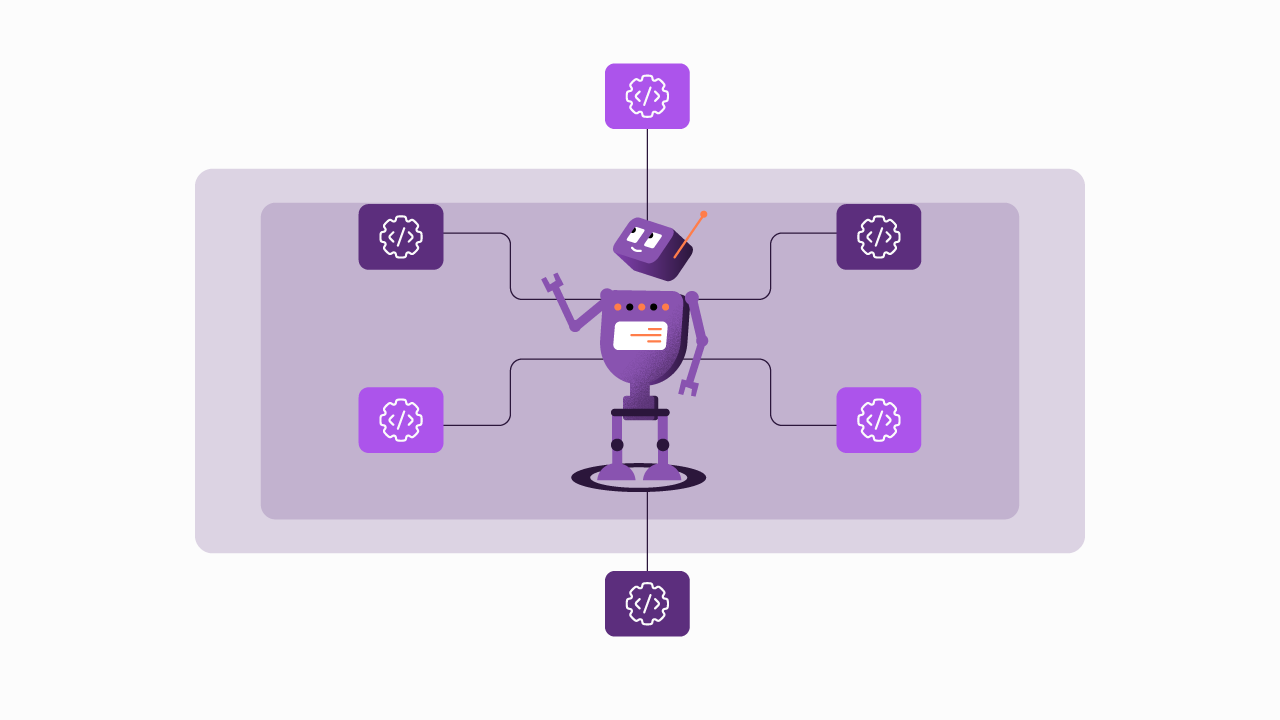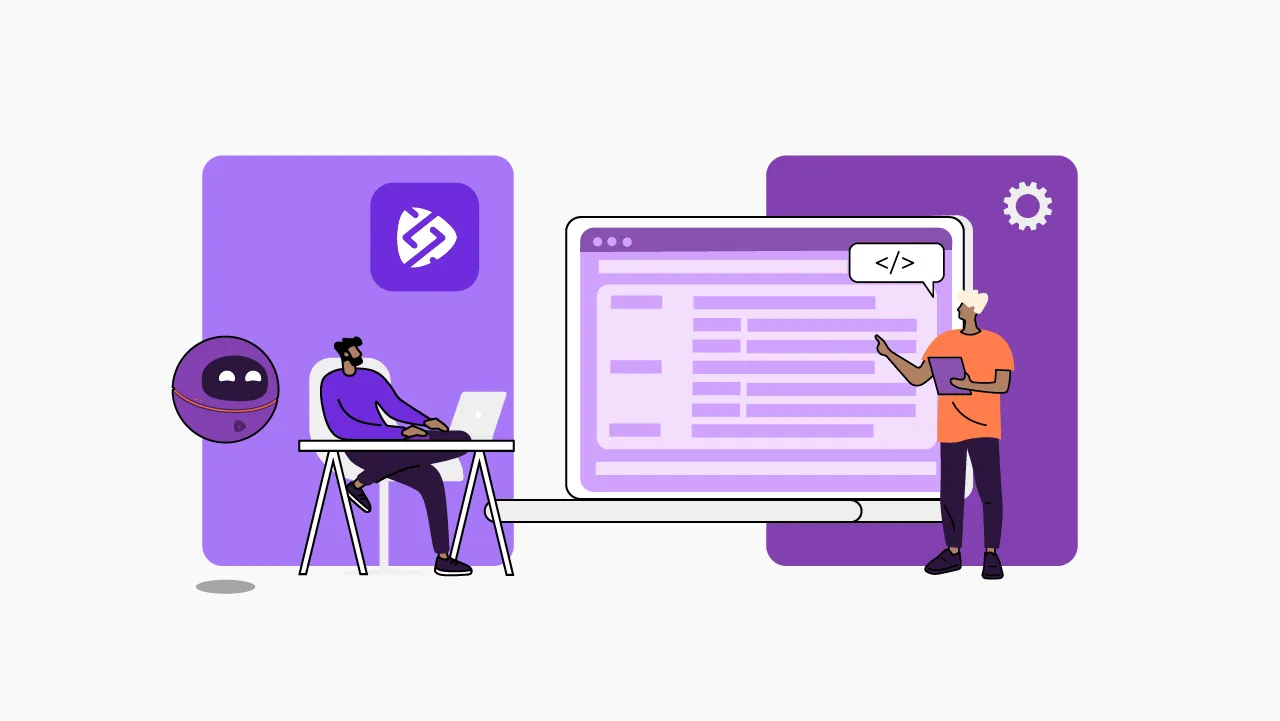How does an API First strategy benefit digital businesses?
The API First strategy makes system integration much more convenient, adding business value. Check out the benefits of this strategy!
Nowadays, APIs are more than tools for IT teams. They are strategic elements that work as products, becoming the basis of innovation for many companies. Adopting the API First model is a way to enhance the development of a solution and make the process more agile.
The digital transformation of the market demands increasingly more features in a product as mandatory characteristics to differentiate itself from competitors. Building each component from scratch, however, takes a lot of time and effort from the development team. And APIs can simplify this work without affecting the quality of the final product.
There are many benefits of working with the API First strategy, as listed below!
Development agility
There are many APIs available on the market, whether they are public or private. The type used in a strategy depends on the project needs, but all formats have one feature in common: they promote agility in the execution of a service.
Technologies such as cloud service, IoT (Internet of Things), wearables, financial platforms and many others use APIs in their architecture. One reason is the easy integration of its features. It is much more convenient to develop solutions compatible with different systems, reducing the effort to produce a different one for each operation.
Then, the solutions can reach a larger audience, whether on desktop platforms, mobile applications, or among other devices. In addition, an API First strategy allows you to expand a solution more quickly when new business opportunities arise.
Resource reuse
It is common to refer to APIs as a “digital glue”. This is because this expression exactly defines the purpose of these applications: they allow you to use the same basis for several solutions.
Its interface defines how the integration with other systems will occur, and how the data will be exposed. The integration of an API allows the transmission of this information for running services in software and applications, which start to work around the same structure.
How many apps do you use on your phone that allow you to register from a Google or Facebook account? Or provide geographic maps based on location? All of this is possible thanks to the incorporation of APIs linked to the database of these companies, available for public use.
Time-to-market and time-to-value
Another advantage of the API First strategy is reduced efforts and the possibility of focusing on the competitive advantages of a solution. Time-to-market is the time for a solution to be used, while time-to-value represents the period for presenting results.
That's why team agility is so important. Most features are already available in third-party APIs or may even have been previously developed by the team itself. So why waste effort? The use of these tools in the software frees developers to create innovative and unique features for their products.
For the team, it is an opportunity to show the potential by applying knowledge to something totally new and often more strategic, promoting more job satisfaction and, consequently, more results. For the company, it can mean cost reduction and results optimisation.
Improved customer experience
Customers also find greater satisfaction in purchasing services and solutions. API First leads to the customization of features according to the business need, filtering the contracted information.
It is a way to offer more possibilities and enhance the customer experience, in order to generate value for them. Personalization facilitates access to functionalities, offering a cleaner interface for the user.
It is worth remembering that it is possible to make adjustments and improvements according to changes in strategies and new needs. Thus, services are always in line with commercial expectations.
More sales and service channels
The velocity of communication to resolve user requests is another way of adding value to the product. Slow service channels are one of the biggest nightmares in any type of service, leading to a troubled business relationship.
APIs work as a direct digital channel for customers, meeting various needs that may arise along the way. They provide access to customer service channels, facilitating the acquisition of new services and features within the solution system.
As you can control what data is available to each user, from free components to paid versions, it is much easier to diversify your customer base. After all, the need to hire additional features comes naturally according to use.
Extended connection with business partners
Those who work with digital solutions most likely have already faced difficulties in interacting with partners. The differences between them require a huge amount of customisations differentiated in the platforms, in order to facilitate adapting to each partner needs. B2B (Business to Business) models, especially, have more difficulties in integrations, due to pre-existing characteristics in their systems.
However, this can be solved through a RESTful API, which allows the exchange of information in different protocols. This type of tool performs a standardization layer that leads to better scalability in communication between platforms. Therefore, businesses are empowered from end to end, providing a network of connections with more resources.
Continuous improvement in products already launched
With an API First strategy, the products already in the market gain new possibilities. By integrating additional functionalities, you can offer more features to your customers, scaling and expanding your solutions.This innovation process of the existing portfolio has all the security of standardization. Even if the APIs are also used by other companies and solutions, only the owner of the app has the power to make significant changes to the system. That is, you can integrate them without fear of encountering unconfigured features in the future.
Monitoring channels and extracting metrics
When integrating an API, you have access to monitoring all the features used by your customers. This advantage promotes the extraction of metrics to optimise the business and identify which components are the most important in the solutions.
API management platforms must have access control authorization, rate limits and application usage policies. They rely not only on metrics, but also on monetization information and developer workflows. All of this provides optimised business management, providing information on how your company's processes are doing.
In this post, we presented the main advantages of API First strategy. Your solutions will be much more adapted to market demands and easily managed.
Begin your API journey with Sensedia
Hop on our kombi bus and let us guide you on an exciting journey to unleash the full power of APIs and modern integrations.
Related content
Check out the content produced by our team.
Embrace an architecture that is agile, scalable, and integrated
Accelerate the delivery of your digital initiatives through less complex and more efficient APIs, microservices, and Integrations that drive your business forward.





.svg)




.png)

